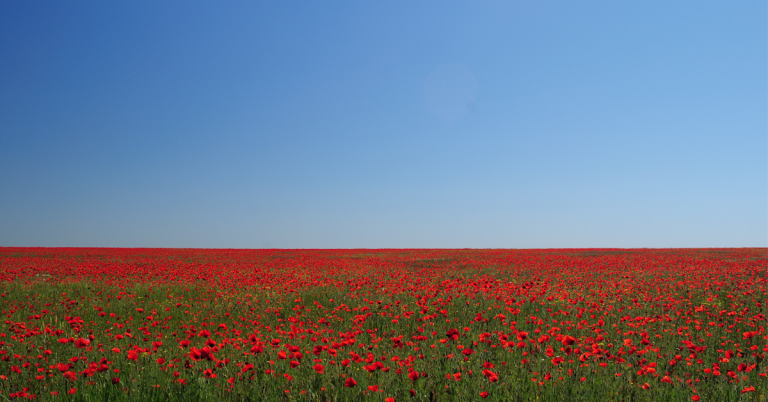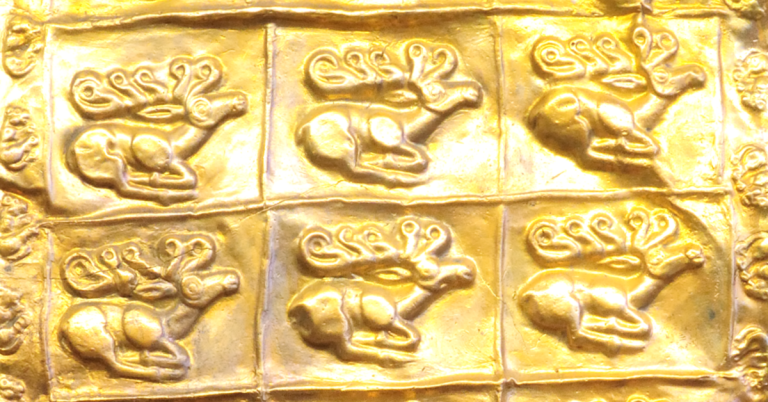
-
Ten everyday lessons
Read more: Ten everyday lessonsChantelle Gray offers a vivid tribute to Deleuze and Guattari’s radical becomings, calling for creative resistance and world-making.


Chantelle Gray offers a vivid tribute to Deleuze and Guattari’s radical becomings, calling for creative resistance and world-making.

In this interview, author and archaeologist Warwick Ball discusses his travels and research that led to his new book, The Eurasian Steppe. Can you tell us a bit about The Eurasian Steppe? The book started life many years ago as…

In this exclusive extract from chapter 6 of The Eurasian Steppe, author and archaeologist Warwick Ball explores the material culture of the nomadic Scythians, a cultural group that flourished in the Eurasian Steppe in the first millennium BC. What has…